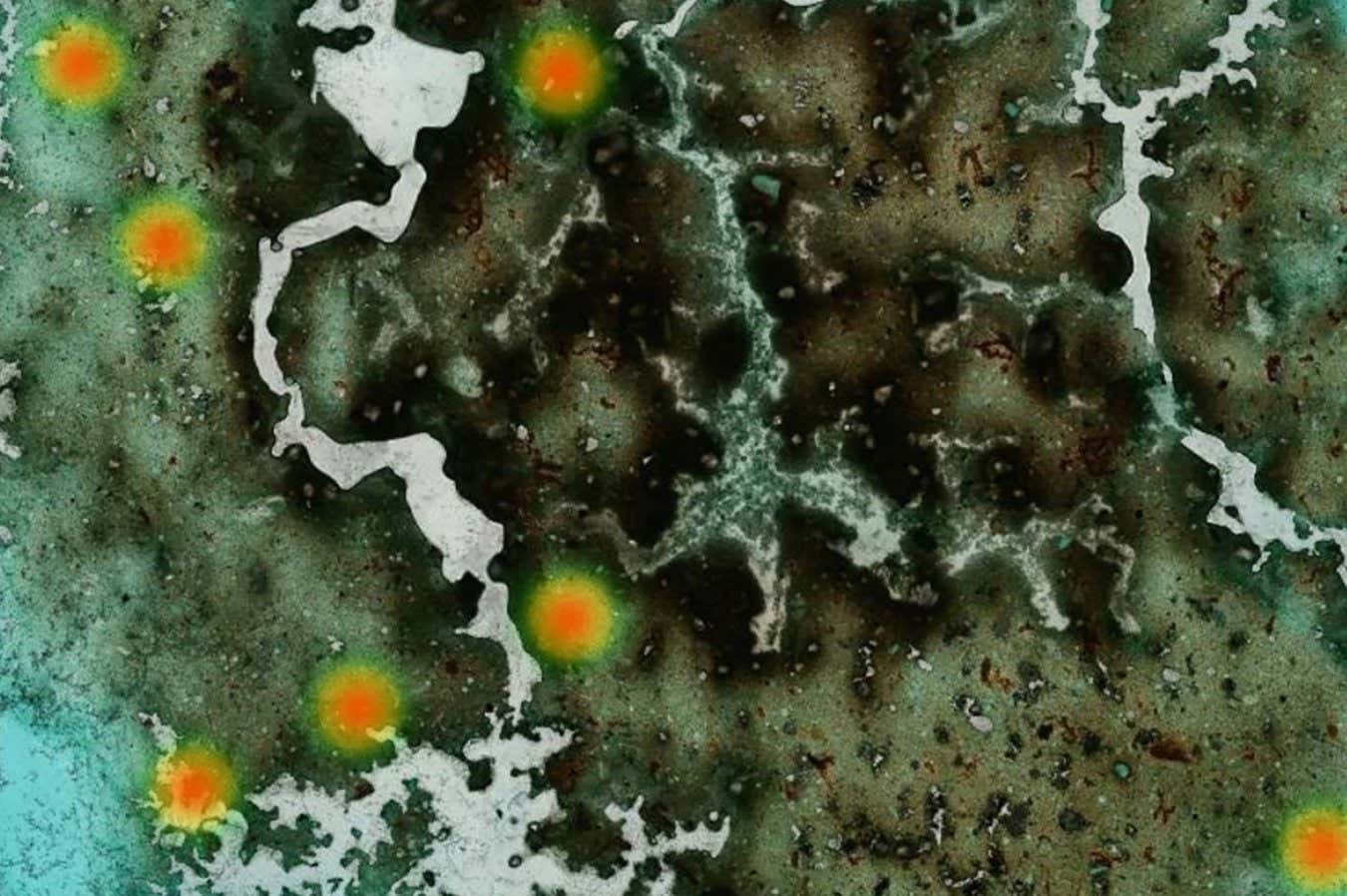About 1.5 billion people worldwide carry a risk of conditions including malnutrition because of parasitic infection, and AI could help identify those affected
By Jeremy Hsu
11 April 2024
AI can spot the parasites in stool samples
Antti Suutala/ Lundin et al, 2024, PLOS NTDs, CC-BY 4.0
Artificial intelligence can spot parasitic worm eggs in human faecal samples – including those from parasite species missed when lab technologists use a microscope to study the same samples. The discovery suggests AI could help us better diagnose and treat parasitic worm infections across the globe.
The World Health Organization estimates that almost one-quarter of the world’s population – or 1.5 billion people – are infected by parasitic worms living in their intestinal systems. The infections can lead to malnutrition, anaemia or stunted cognitive development. But diagnosis and treatment is often inaccessible because there are a limited number of experts trained to spot the infections.
Johan Lundin at the Karolinska Institute in Sweden and his colleagues wondered whether AI could help. “The method is primarily about enabling wider access to diagnosis of parasitic worm infections,” he says.
Advertisement
Read more
The future of AI: The 5 possible scenarios, from utopia to extinction
The researchers trained and tested their AI system on about 1300 stool samples collected from school students in Kenya. The samples were prepared by a local healthcare laboratory and digitally scanned under a microscope. Those scans were then uploaded via mobile internet to the cloud for the AI analysis.
AI training focused on identifying eggs from three types of parasitic worms: the roundworm Ascaris lumbricoides, the human whipworm Trichuris trichiura and hookworms such as Ancylostoma duodenale or Necator americanus.
